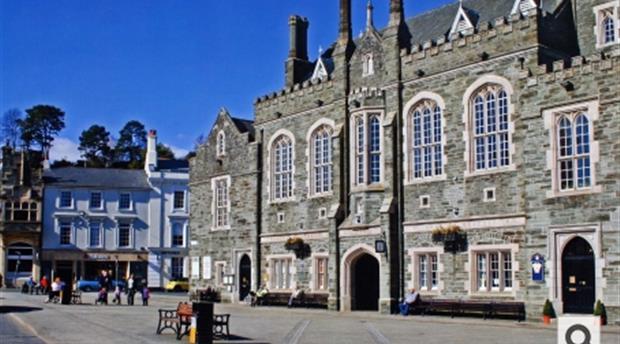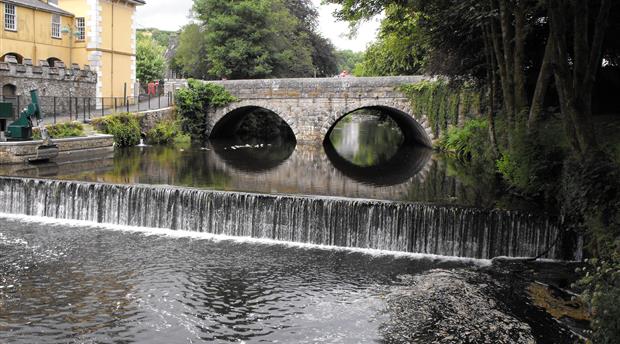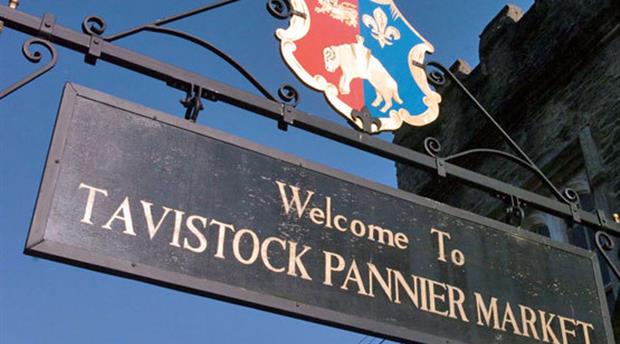This site uses cookies. By continuing to browse the site you are agreeing to our use of cookies. Read our privacy policy.
Tavistock



Tavistock, an ancient stannary (tin-assaying and tin-marketing) town, lies on the south-west edge of the Dartmoor National Park, about 15 miles north of the maritime city of Plymouth. The name "Tavistock" derives from "Tavy", the River on which the town lies, and "stock" indicating that the town became a prominent agricultural market for the area, after its progressive development around a Benedictine Abbey, founded in AD974.
A major part of Tavistock's history is that Britain's great seafarer hero, Sir Francis Drake, was born at Crowndale Farm, just south of Tavistock, in 1542. A fine statue of him can be seen not far from the town centre, on the road to Plymouth, the port from which he set sail to confront and beat the Spanish Armada.
This flourishing town, the largest in West Devon, is excellent for visitors, both to see the town itself with its architecture of local stone and wide range of interesting and practical shops and businesses but also as a base for exploring the surrounding beautiful countryside, the wild Dartmoor scenery and the many pretty villages nearby, including Lydford and Okehampton.
One of the most famous seafarers in British history was Sir Francis Drake. Born in Tavistock during the 1540's, Sir Francis Drake was the first Englishman to circumnavigate the globe. Drake started his seafaring career at the age of 13 as a crewmember for a Thames-based trading company. By 20 he was an owner/ master of a ship and at 23 he made his first voage to the new world. Drake became a successful privateer capturing Spanish ships for Queen Elizabeth I but he was most famous for his role in the defeat of the Spanish Armada in 1588. Plymouth's Drake Circus, Drake Island and HMS Drake, Devonport, have all been named in his honour.Little Book Of Devon
Contact Details
Tavistock
Devon
Upcoming Events
Tavistock Goose Fair - Wednesday 08 October 2025
Tavistock Goose Fair will return on Wednesday 8th October 2025. We are excited to be able to once again organise this longstanding annual event.
